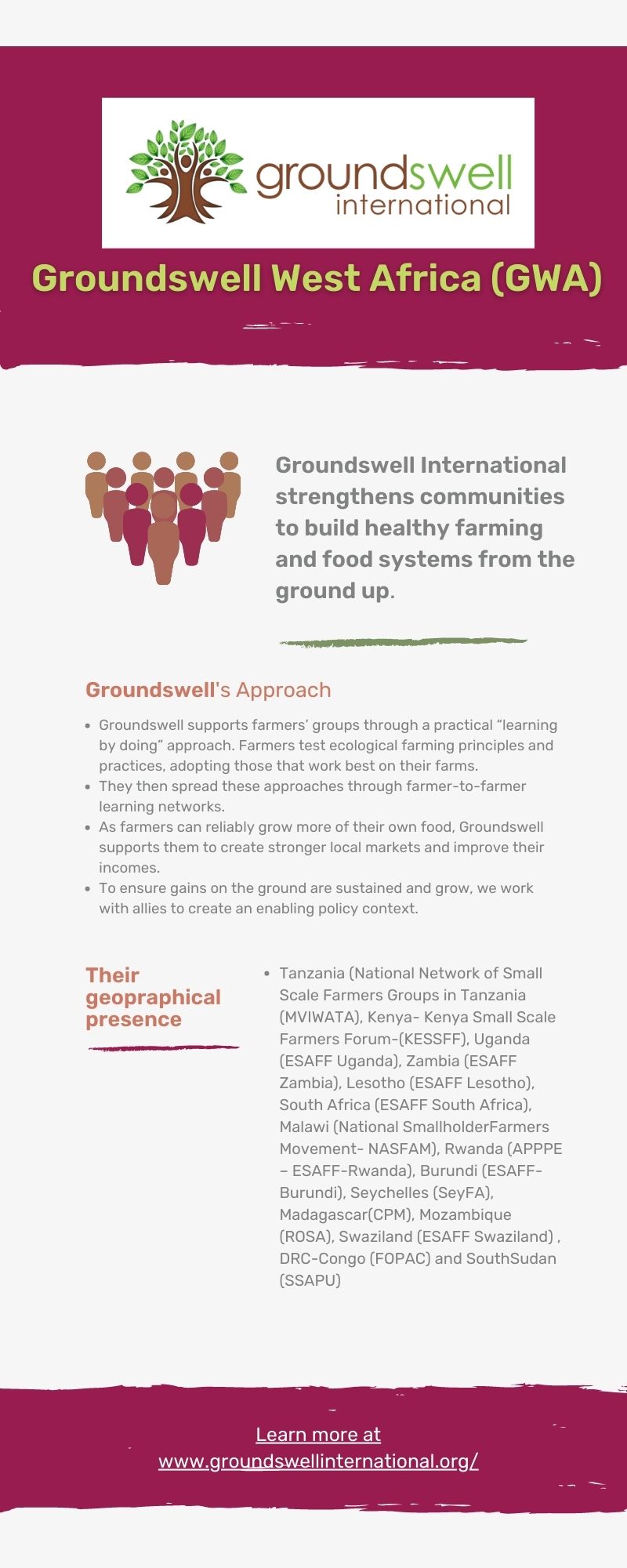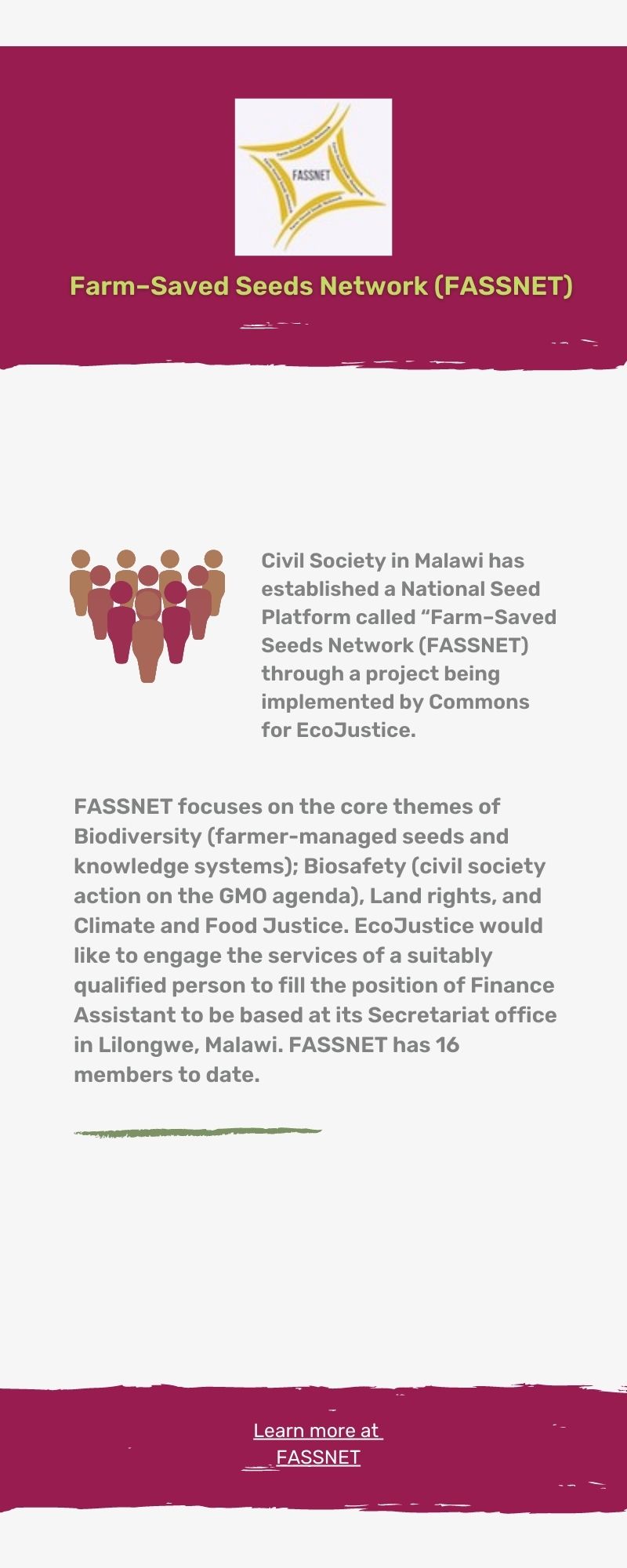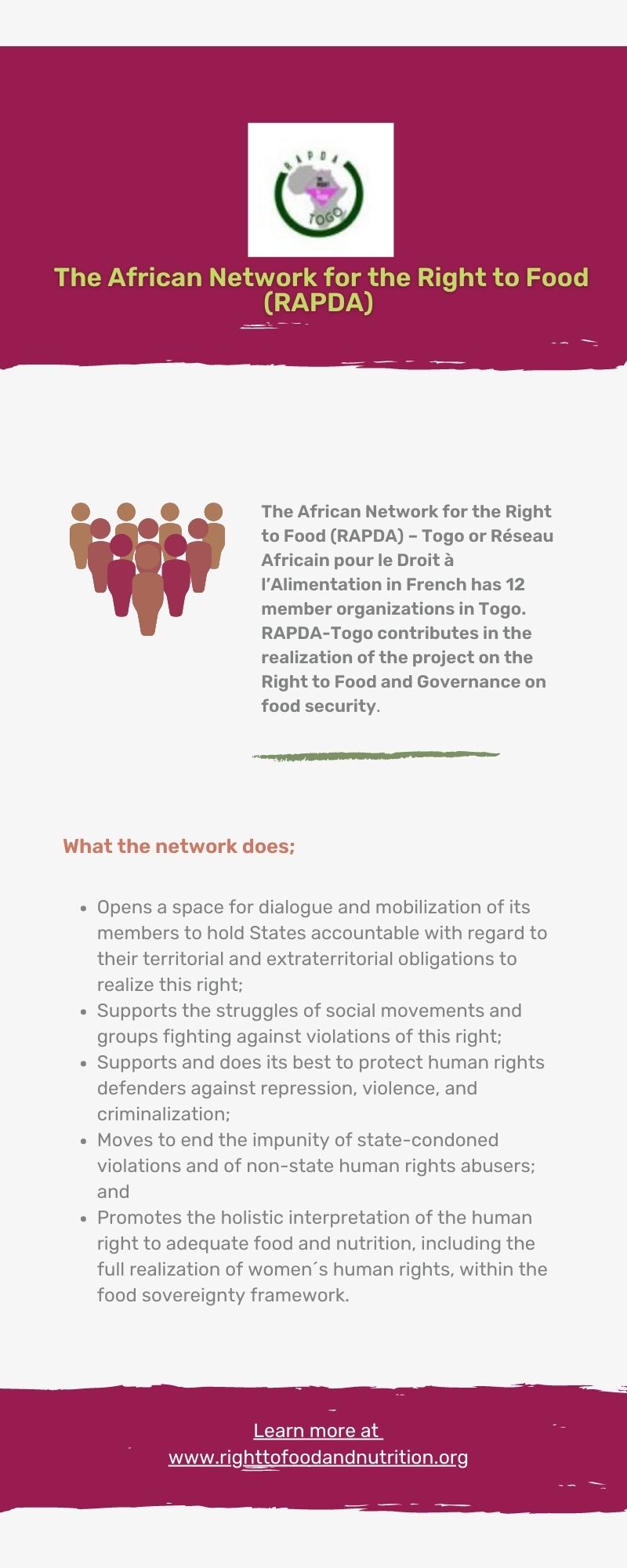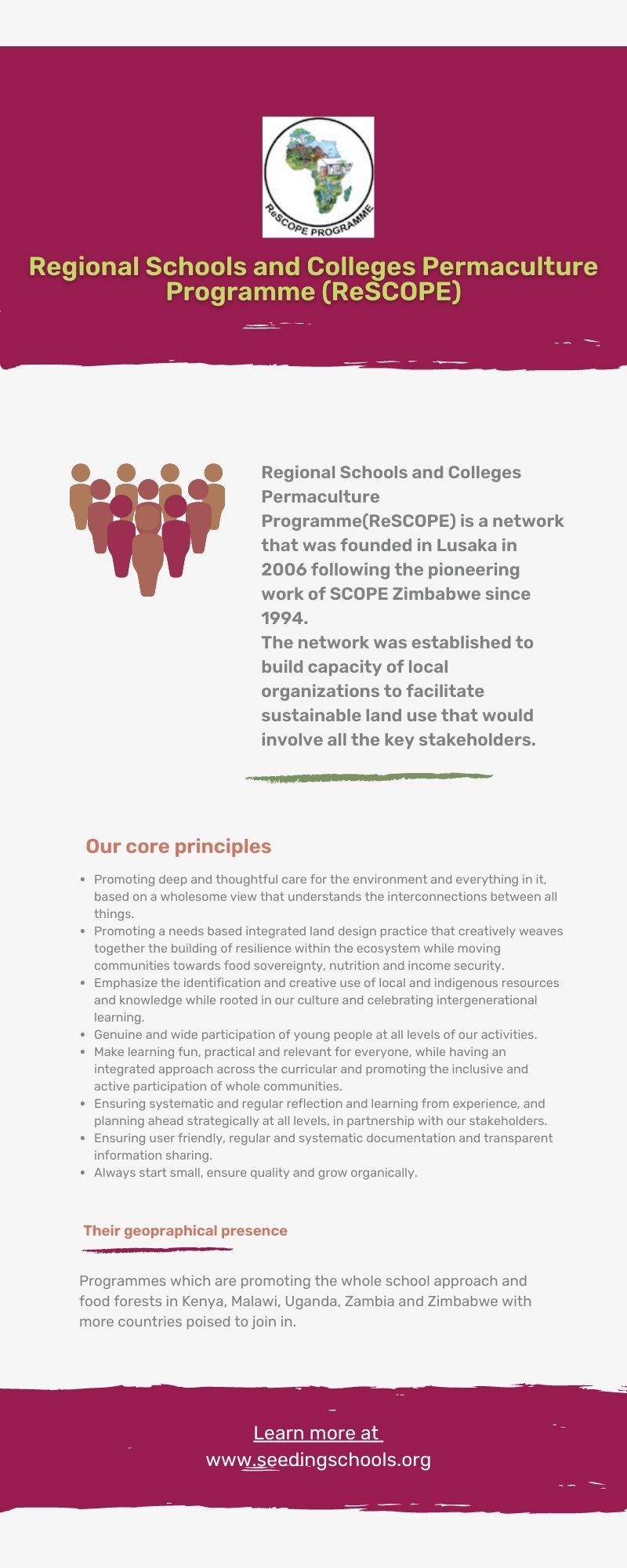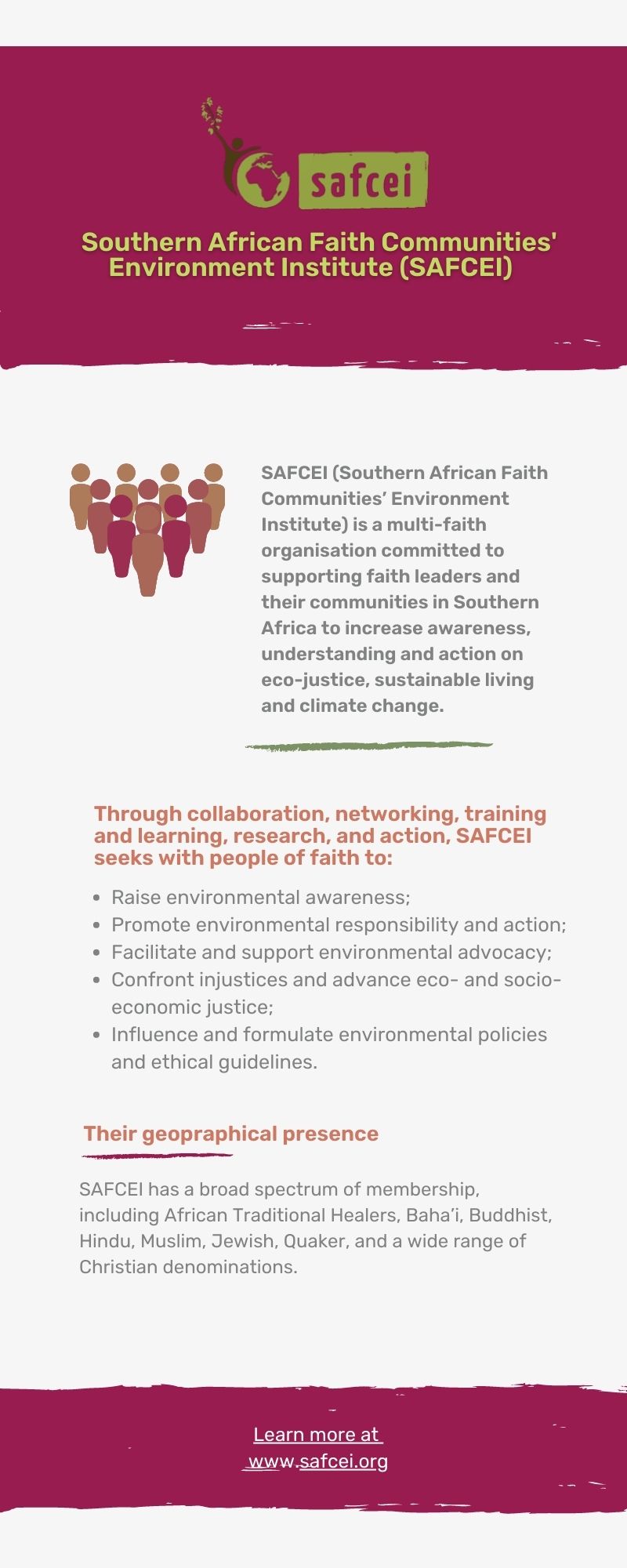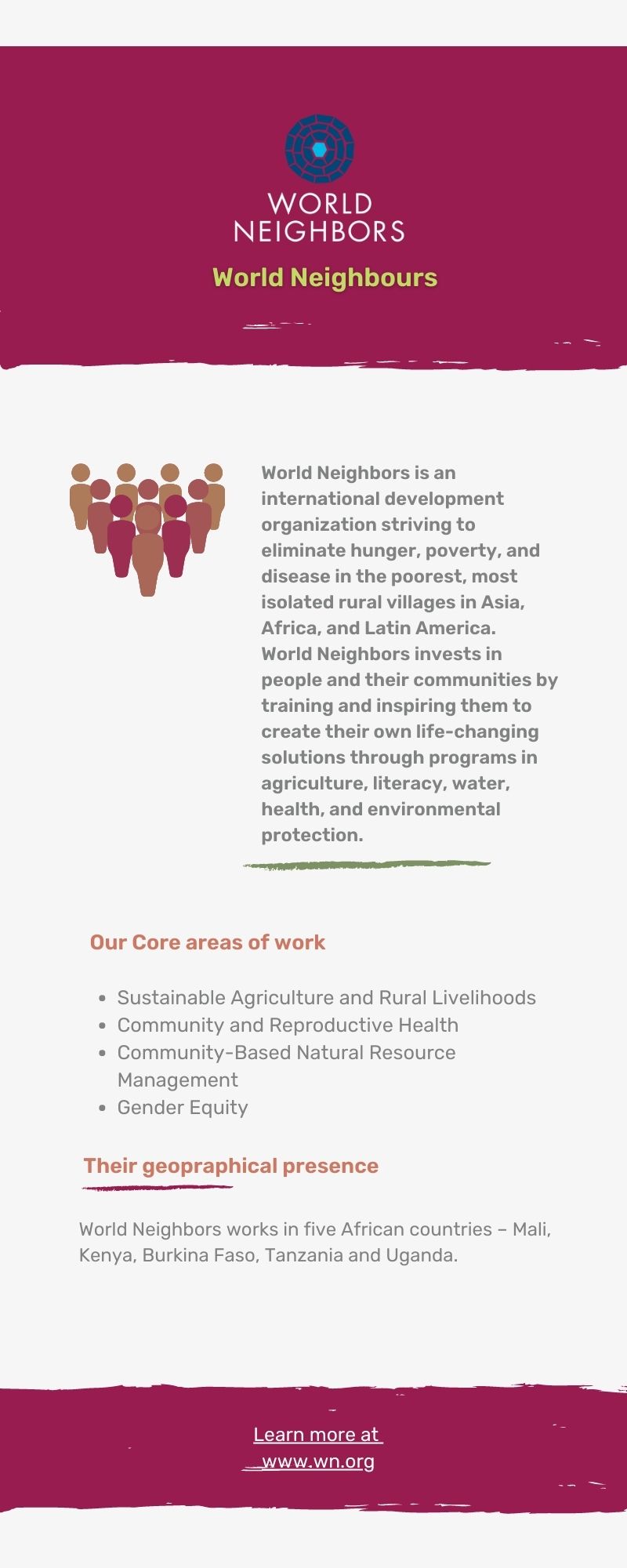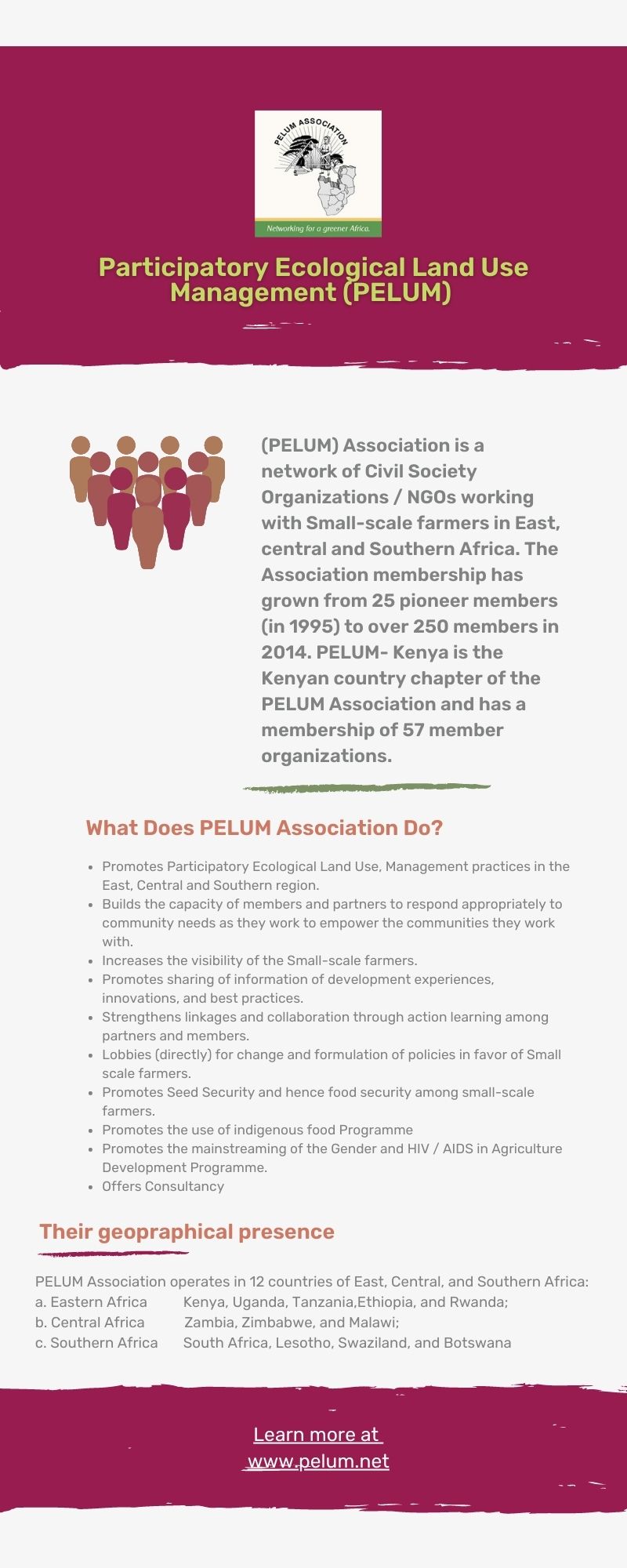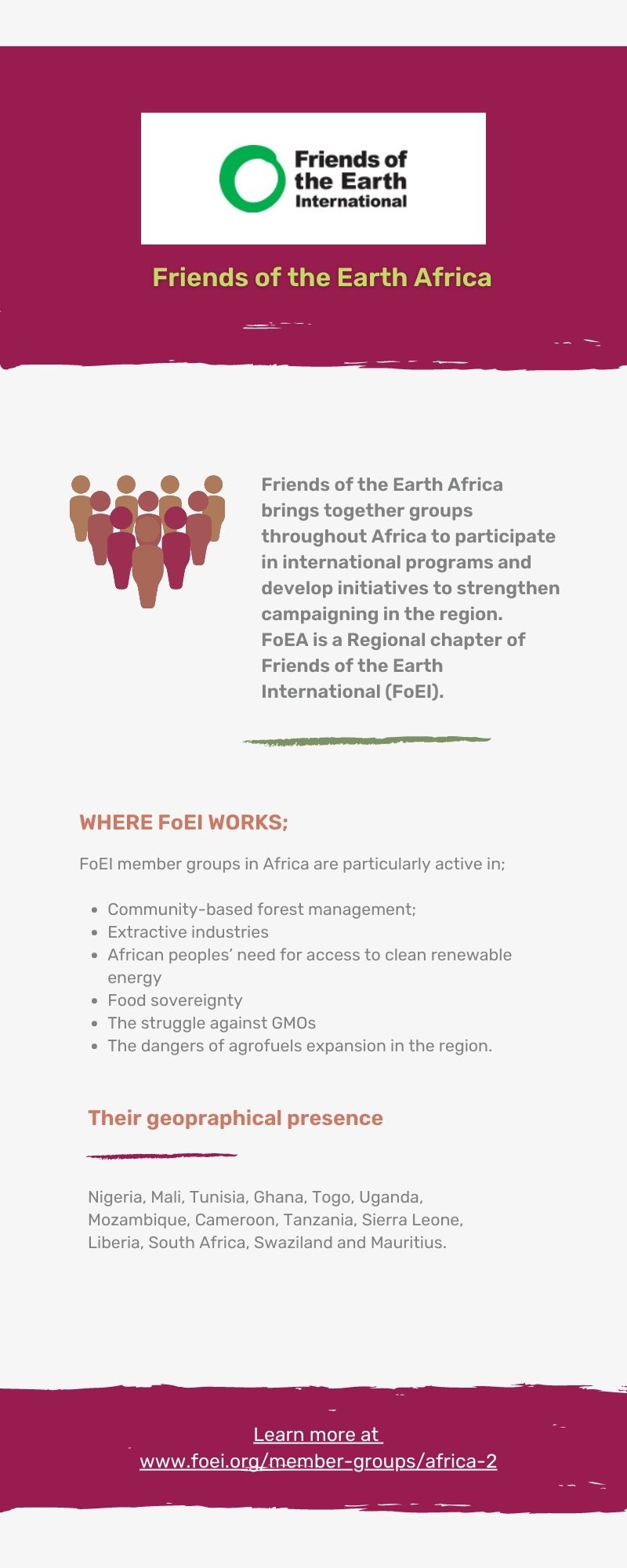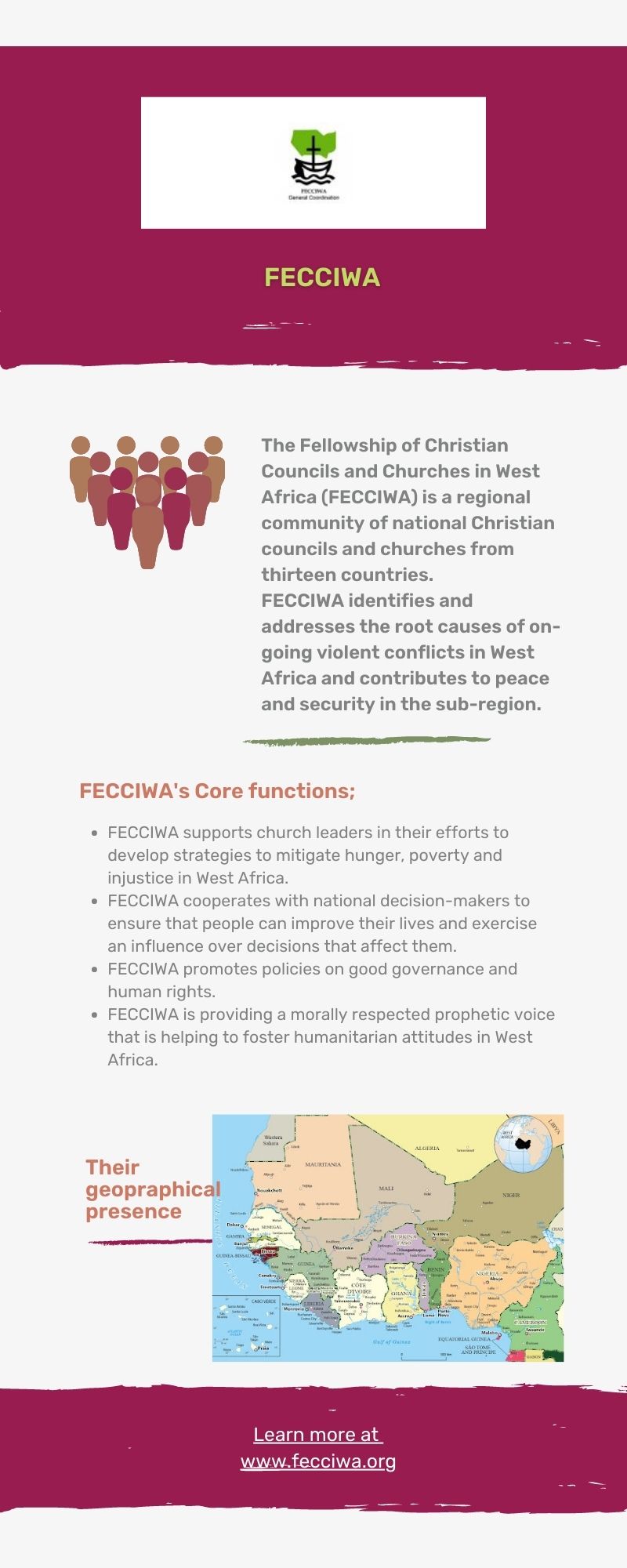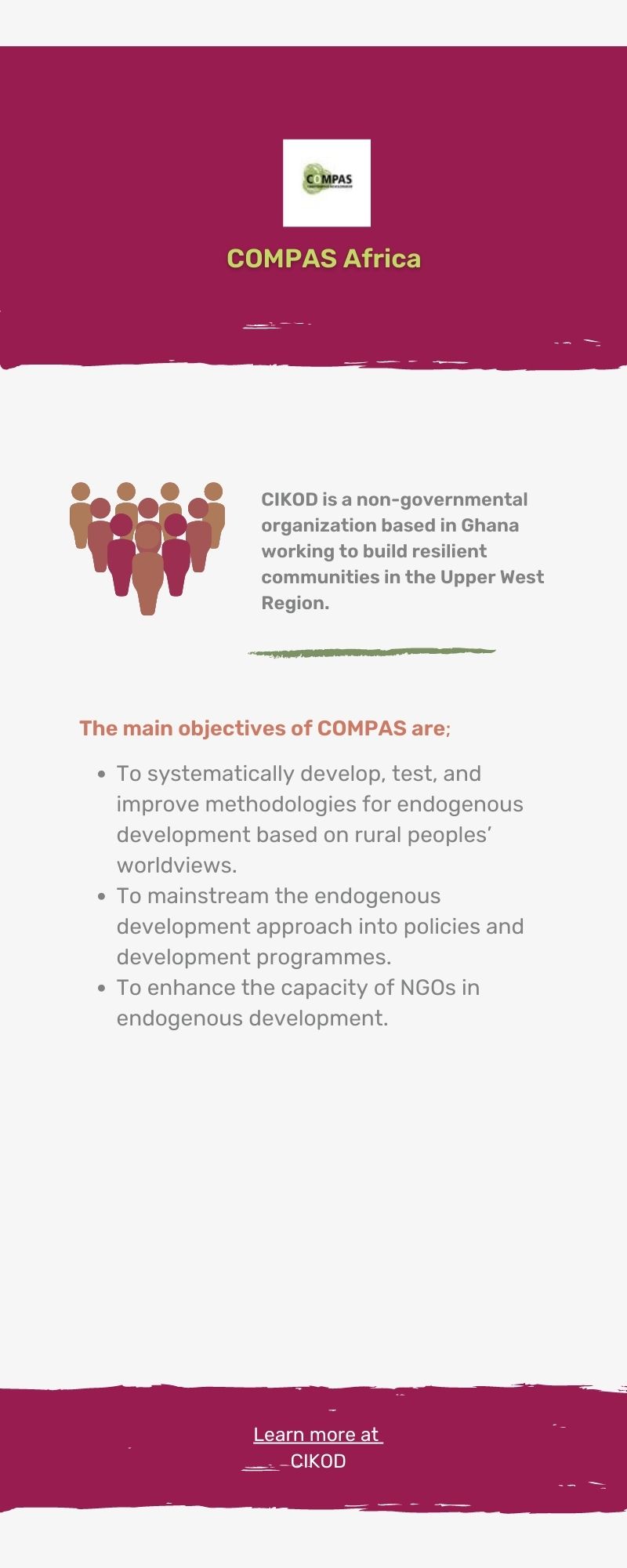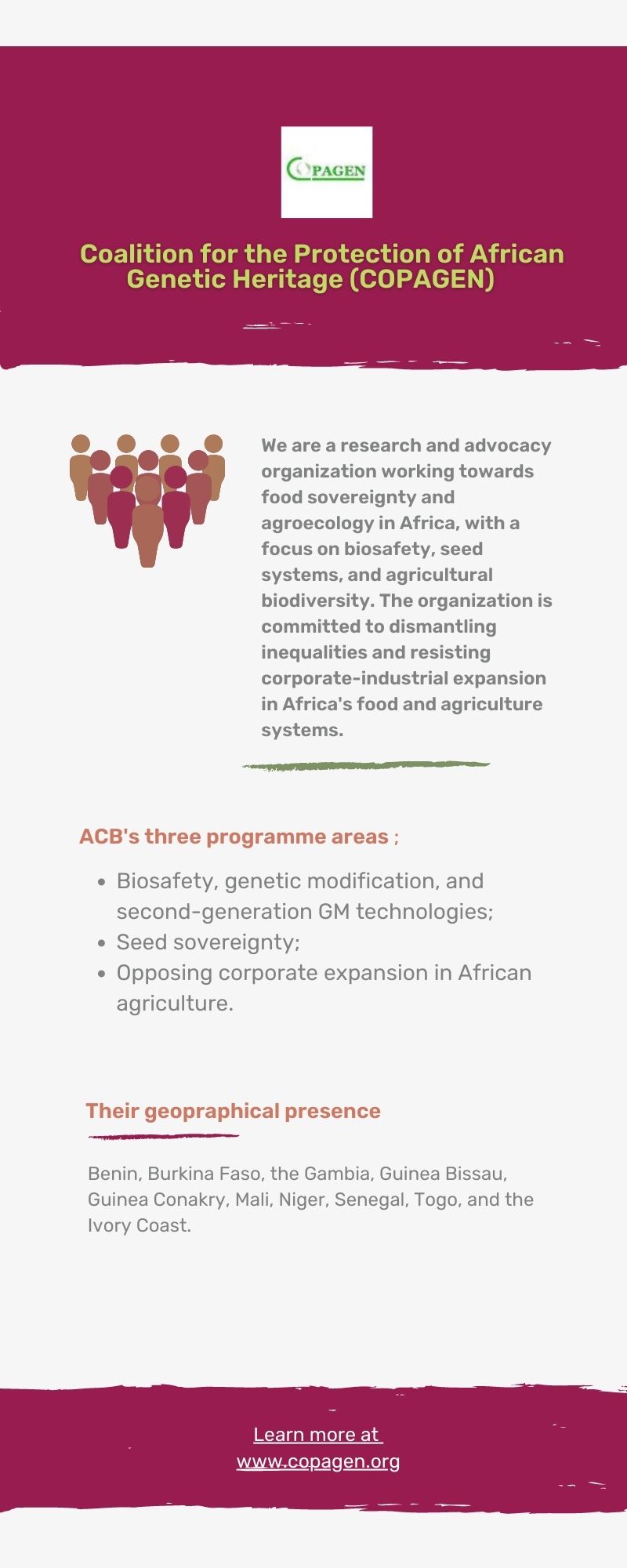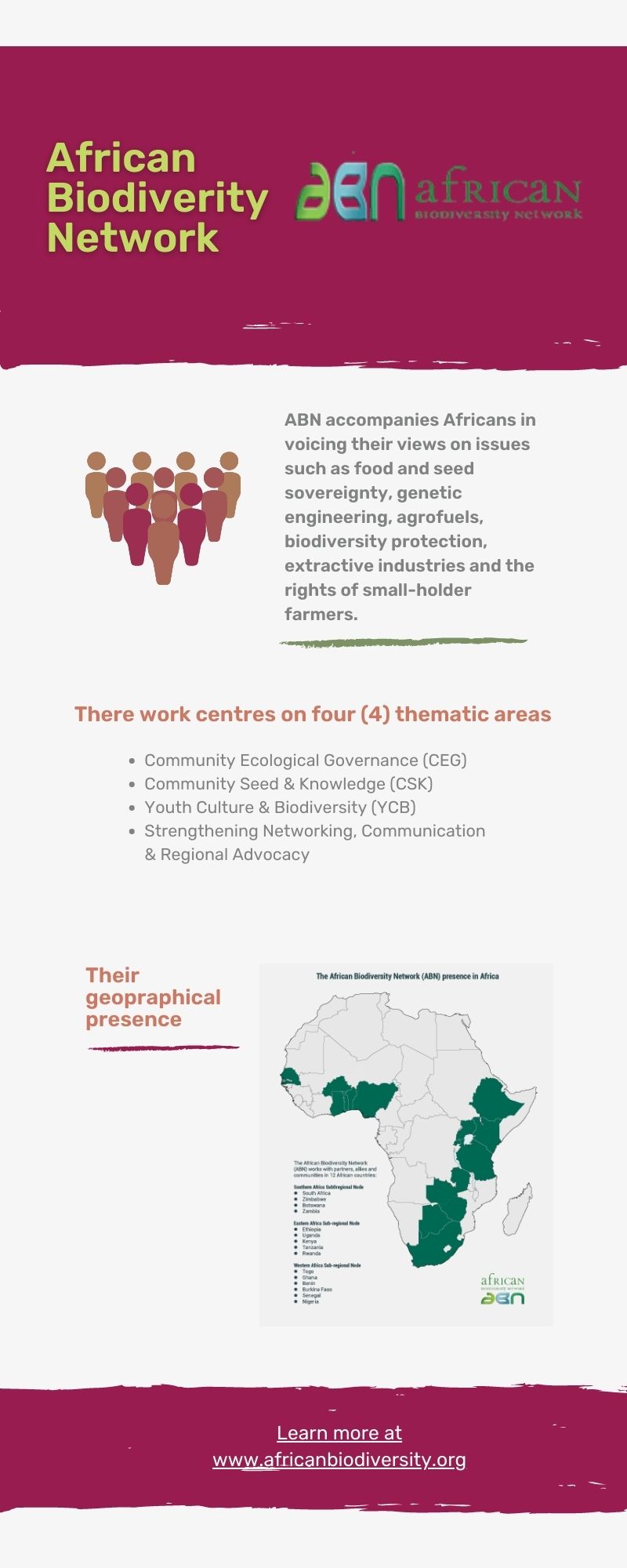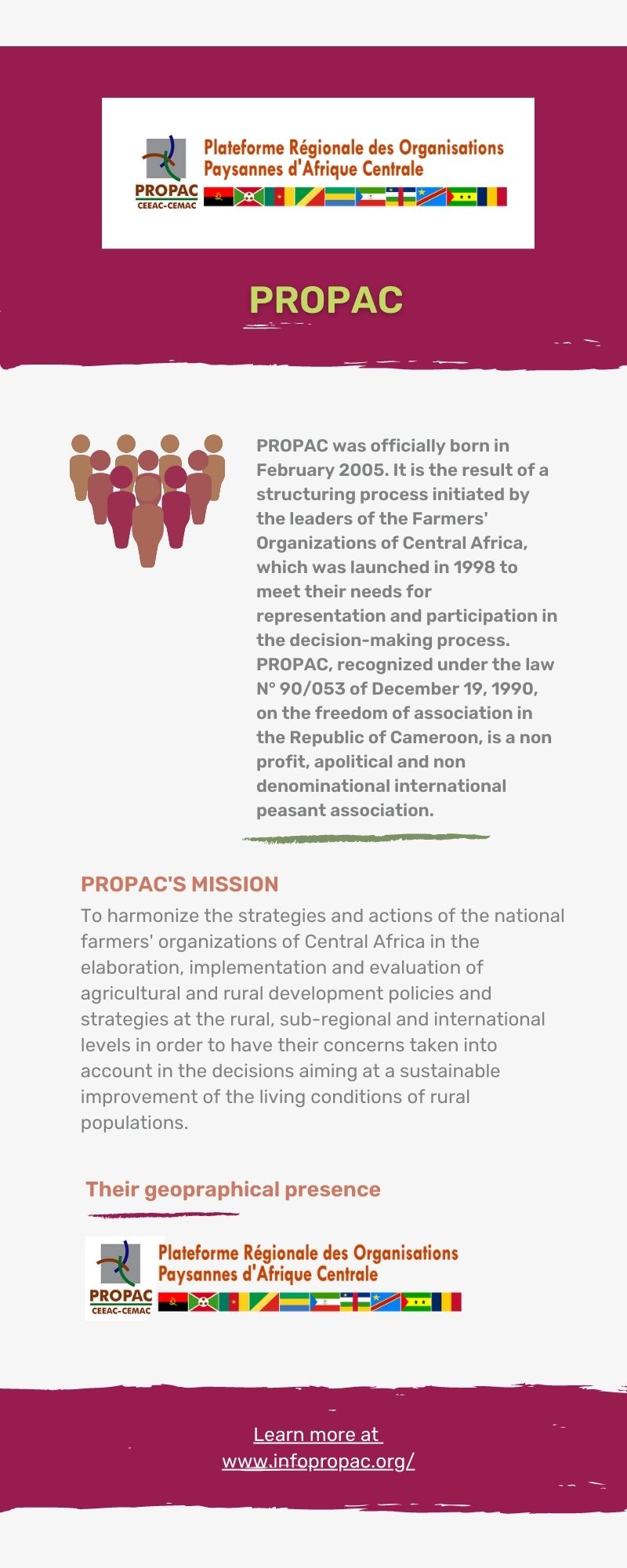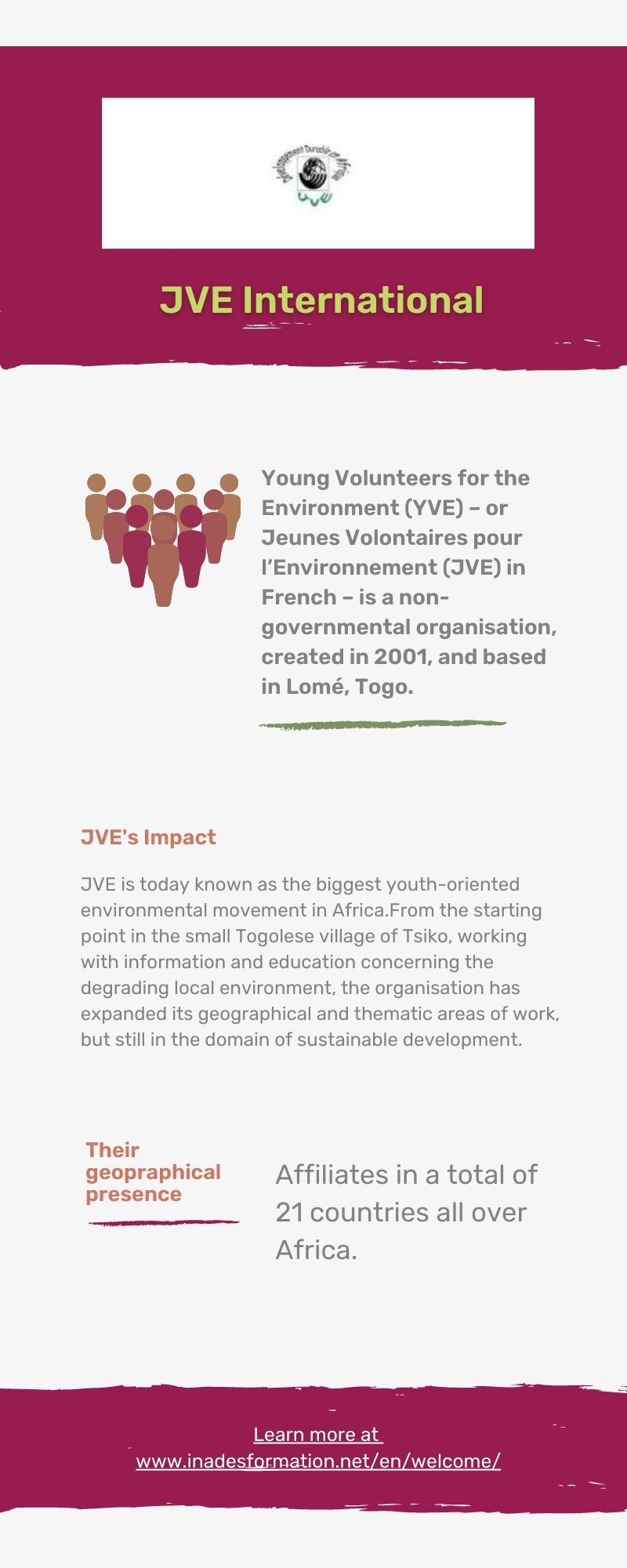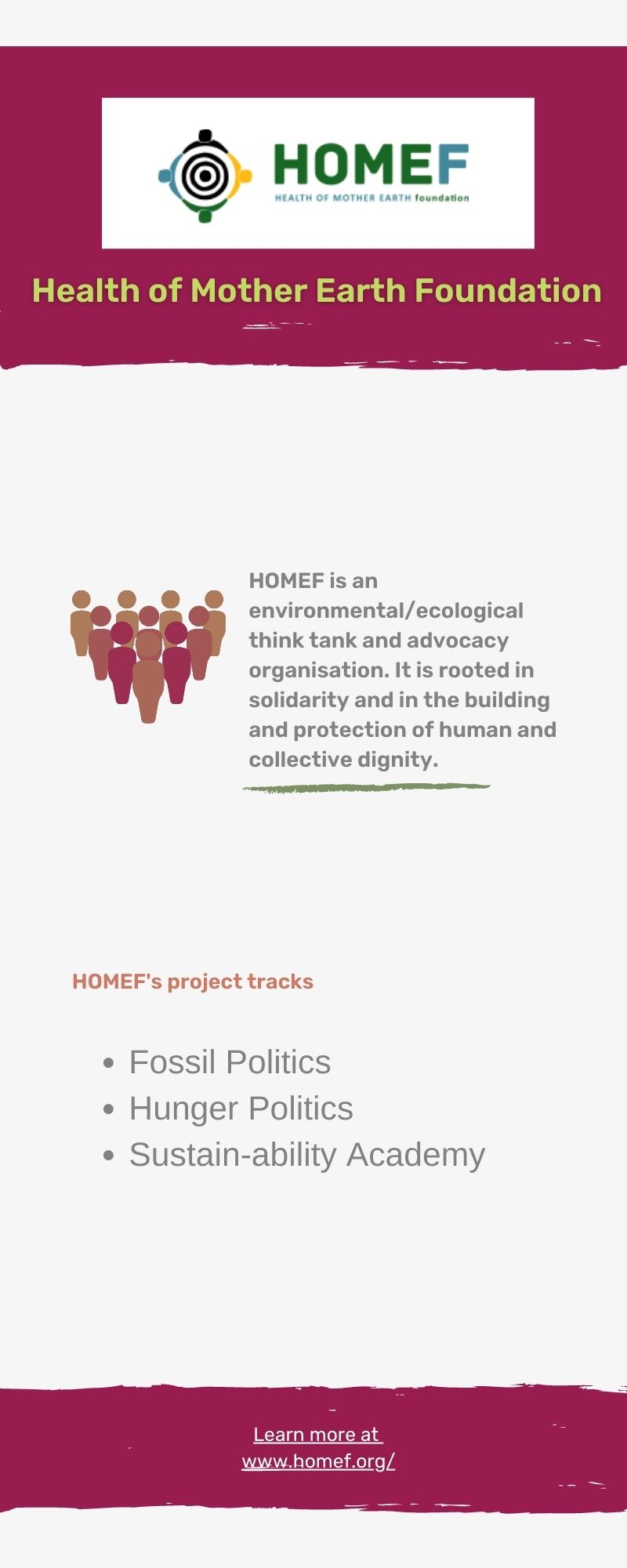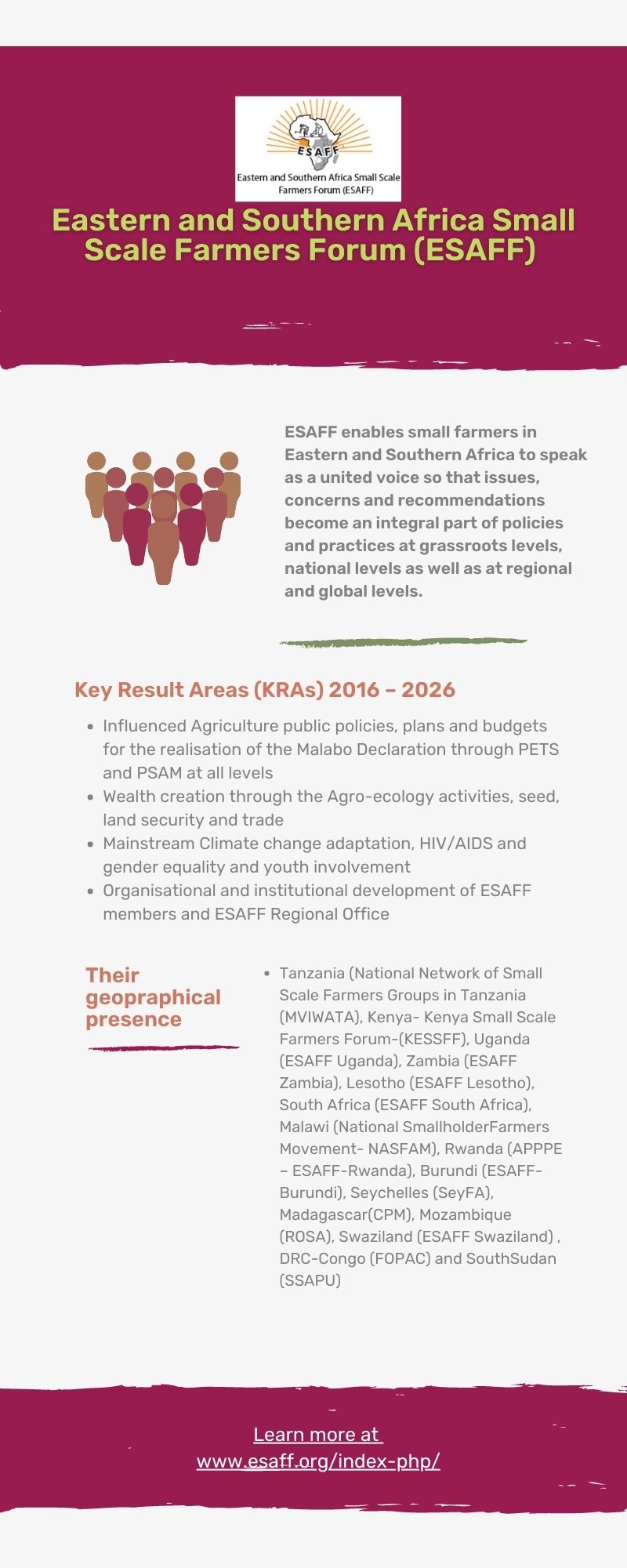Five years after Cyclone Idai: a visit to Chimanimani district to see what’s happening there…
By John Willson
“We started by walking all over the land that form the four villages,” said Chief Saurombe, “the elders gave lots of history to the younger members amongst us. We discussed the challenges, with Cyclone Idai still very much in our minds. One of the younger members of the group captured all that was discussed. When we returned to our meeting place, we drew a map of where we had walked. Then we did a visioning exercise to discuss how we wanted things to be in future.”
Chief Saurombe went on to tell the Saurombe landscape story to a group of around 70 people from Zambia, Malawi, South Africa and other parts of Zimbabwe who were attending a SKI Community of Practice (CoP) meeting in Chimanimani district. The theme of the gathering was ‘Experiences of working at a landscape level’.
4 ½ years ago at an earlier CoP meeting, SKI formed an Agroecology Landscape (AEL) group in recognition of the fact that, especially in the one-rainy-season environment of Southern Africa, it was time to start working with communities at the landscape level. As a result, 6 of the 15 SKI partners developed principles of effectiveness and a concept to work at landscape with 7 different communities in Malawi, Zambia, Zimbabwe and South Africa. In 2022 they plunged in and explored how to do this work. All organisations started with a community mapping exercise process that SKI has been developing the last five or so years.
Since then, things have evolved in a different way in each community, the principles being the thread that holds the work together. The diversity of approaches is one of the strengths of the programme. Focusing on the principles as their learning and monitoring points, they are learning a lot with the communities they’re working with, and from each other. Until now this learning amongst themselves has largely been online. This workshop in Chimanimani was the first chance to learn from a visit to one of the communities that is taking things to the landscape level.
I found the week fascinating. Many questions were asked and discussed. What does it mean to work at landscape level? What are the entry points? What’s the difference between agroecology and ‘agroecology at landscape level’? What can trigger communities to work at a landscape level?
The answers to many of the questions depended on the particular organisation’s way of working. For some organisations there’s no difference between the two approaches. For others, perhaps most of them, working at a landscape level is about communities consciously thinking about their landscape, as they implement work at household/family level.
In Saurombe, they showed us a number of individual actions such as diversifying crop fields and increasing groundcover, tree nurseries, developing a nutrition garden, using biofertilizers. We also saw loose and wired gabions, as part of the work to care for their landscape. We heard about enforcement of their bye-law not to cut trees. We saw extensive dead-level contours/swales. Being a hilly topography there’s a strong focus on earthworks to spread, sink and hold water in their landscape work. Saurombe community were badly hit during Cyclone Idai five years ago.
Chief Saurombe provides strong and supportive leadership to what’s happening in Saurombe community. He makes sure everything goes through the Village Development Committee. Throughout the week, the question of governance kept appearing as the keystone to what’s happening in Saurombe. It seems that Chief Saurombe is the kind of leader who inspires, ensures authority when needed, and also devolves decision-making to ensure that all in the community take ownership and responsibility.
TSURO Trust is the support agency working with the Saurombe community as catalysts and facilitators, along with the government extension agency. This is one of a number of landscape programmes in the district. While I was there, I had the opportunity to attend the launch of another TSURO-facilitated programme. This one will work along the Nyanyadzi River, the biggest of many river systems in the hilly Chimanimani district, which has all the natural regions from high altitude/higher rainfall to low altitude/low rainfall.
The first ‘irrigation scheme’ to be established in Zimbabwe was the Nyanyadzi scheme, back in 1937. Many Zimbabweans know the name ‘Nyanyadzi’ because of this scheme. At the start there was much more than enough water, now there’s a water problem and related disputes.
As well as focusing on shorter-term livelihood activities such as fish ponds, using canals to carry water to the ponds, and gardens sited away from the riverbanks, there will be a focus on activities that help restore the health of the river, such as those happening in Saurombe. These include planting of indigenous trees typically found along rivers and earthworks to slow, spread and sink water run-off. There will also be a strong element of capturing the story of the Nyanyadzi river. Those living lower down along the river will meet with those higher up and share the story of what has happened to the river where they live over the last decades. All this will be captured by the TSURO documentation team. The Nyanyadzi is one of many river systems criss-crossing Chimanimani district, which itself is recognized as a Water Tower.
This programme to focus on rivers, called “Trails to the Source”, is the brain child of the newly created Chimanimani Biosphere Trust, with whom TSURO work closely. Who knows where this could lead? Perhaps to a different approach to water catchment that focuses on the district’s ‘bloodlines’, as one person from the Trust referred to rivers. Two members of the Government’s water catchment authority had travelled from the Provincial capital to attend the inception meeting.
TSURO is also piloting a landscape programme in another part of the district, with support from a Canadian climate change fund. This 2 ½ year programme could then lead to a 15-year programme, with the growing recognition that climate-related programmes are long-term.
Cyclone Idai was a devastating event for Chimanimani District. Over 500 lives were lost. Much destruction took place, of houses, roads and bridges, crop lands, livestock, and a whole business centre in the case of Kopa. It was a huge trauma for individuals caught up in it and for the district as a whole.
My impression five years later is that Chimanimani residents are taking up the challenge of how to deal with inevitable future cyclones in a cyclone-prone area. Much work has been done I believe on having preparedness strategies in place. These were tested last year by Cyclone Freddy, which in the end didn’t reach the district but hit southern Malawi badly. And from what I saw during the recent SKI gathering in the district, communities are beginning to revive the resilience of their landscapes. While they may have cyclones in mind as they do this, they are at the same time increasing resilience in the face of droughts and long dry spells during the rainy seasons. It’s still early days but these pioneering communities are giving us all direction. I found this very encouraging in a world where gloom seems to over-shadow the light.
At the start of the programme SKI produced a mini-Barefoot Guide on working at landscape level (https://www.seedandknowledge.org/ski-mini-barefoot-guide-on-ae-landscapes-click-through-to-download/ ). Last year they produced a very good short video on this: https://www.seedandknowledge.org/whole-landscapes-whole-communities-working-with-nature-to-heal-landscapes-in-southern-africa/ . They are planning now to produce a full-length Barefoot Guide that tells the stories of each of the communities involved in the programme and which highlights the various methodologies being used.
John Wilson is a free-range facilitator and activist in East and Southern Africa, with strong links to West Africa. He has worked with many different organizations at different levels — from community-based organisations to regional and continental networks, to help facilitate a stronger food sovereignty movement in Africa. Increasingly, he is focused on helping to catalyze and support collaborative and strategic work on agroecology and food sovereignty. He is presently the Chair of the Citizen and Agroecology Working Group of AFSA.






